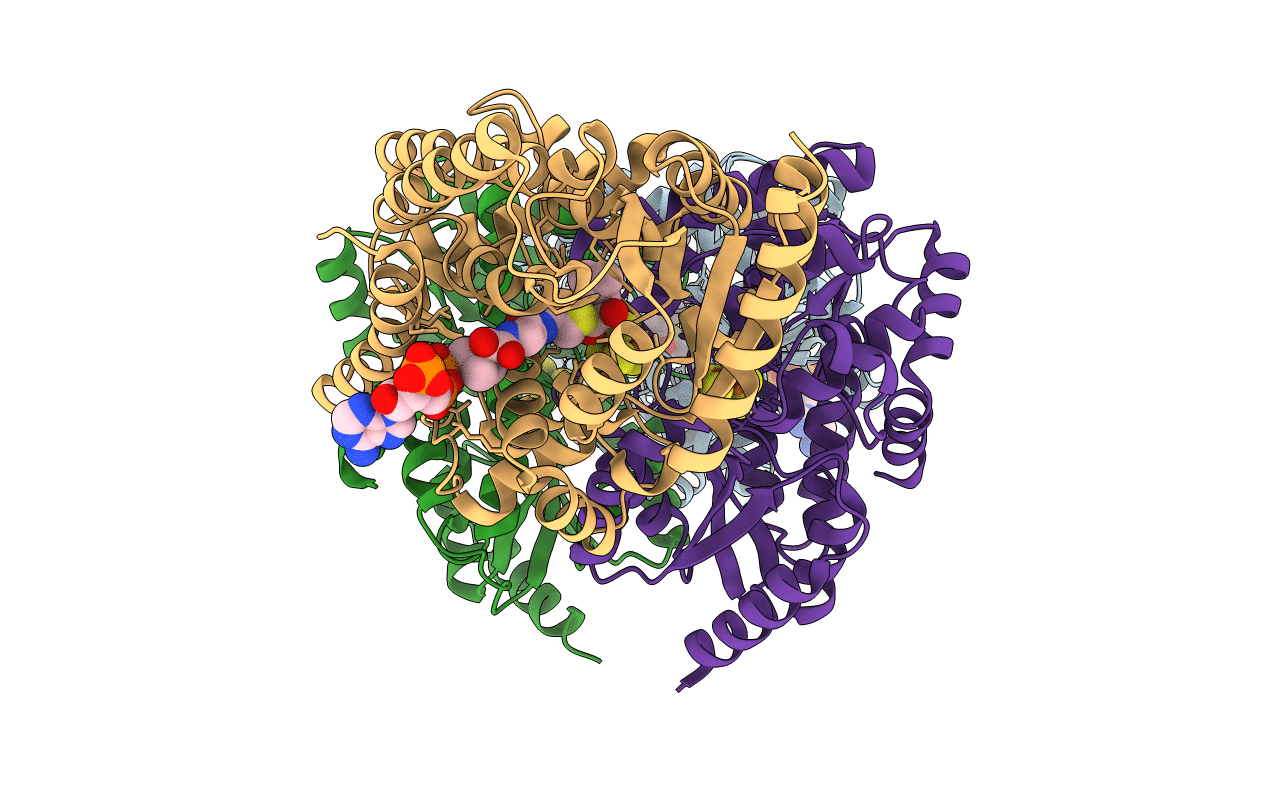
Deposition Date
2010-07-25
Release Date
2011-03-16
Last Version Date
2023-09-06
Entry Detail
PDB ID:
3O3N
Keywords:
Title:
(R)-2-hydroxyisocaproyl-CoA dehydratase in complex with its substrate (R)-2-hydroxyisocaproyl-CoA
Biological Source:
Source Organism:
Clostridium difficile (Taxon ID: 1496)
Host Organism:
Method Details:
Experimental Method:
Resolution:
2.30 Å
R-Value Free:
0.28
R-Value Work:
0.22
R-Value Observed:
0.23
Space Group:
P 21 21 21


